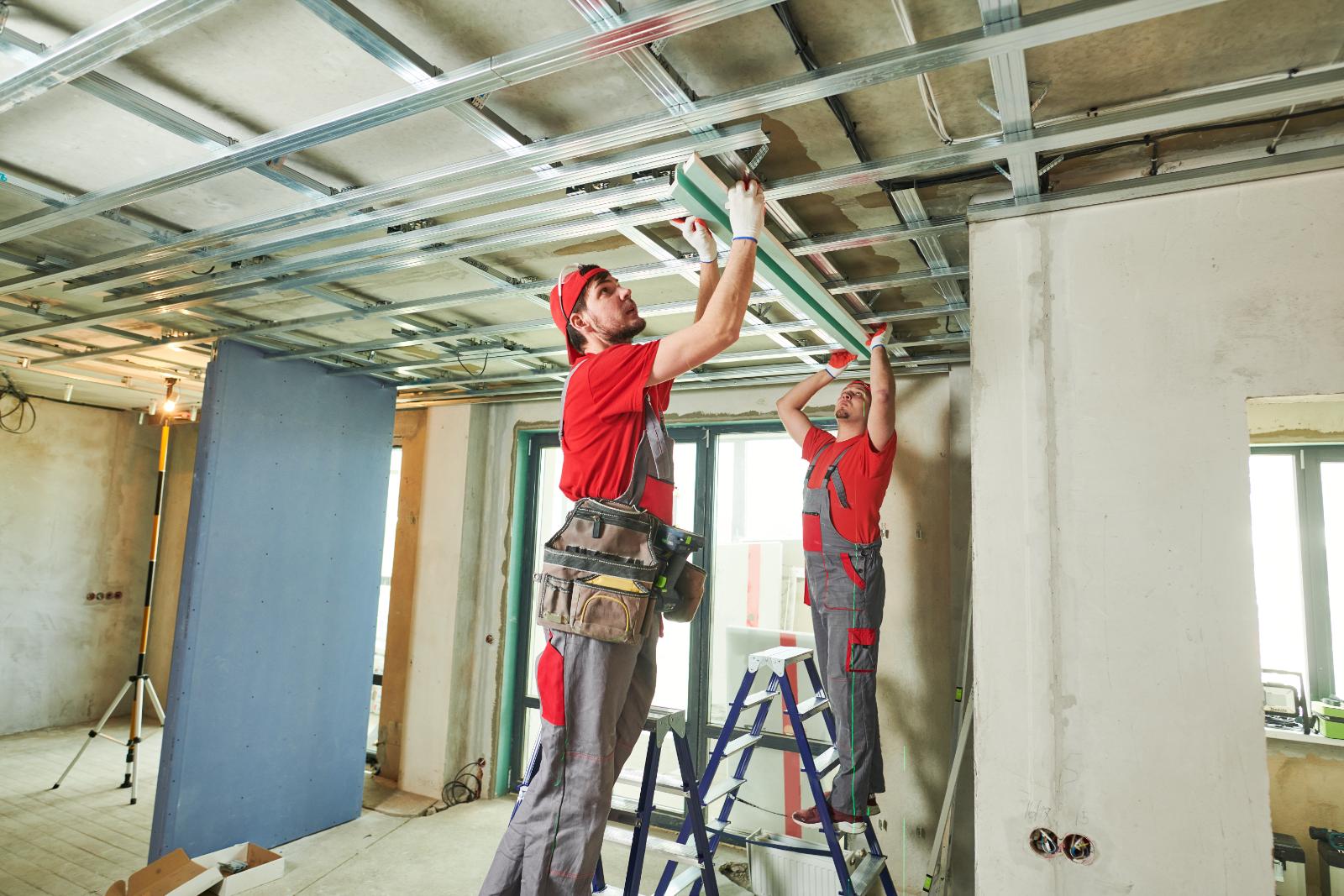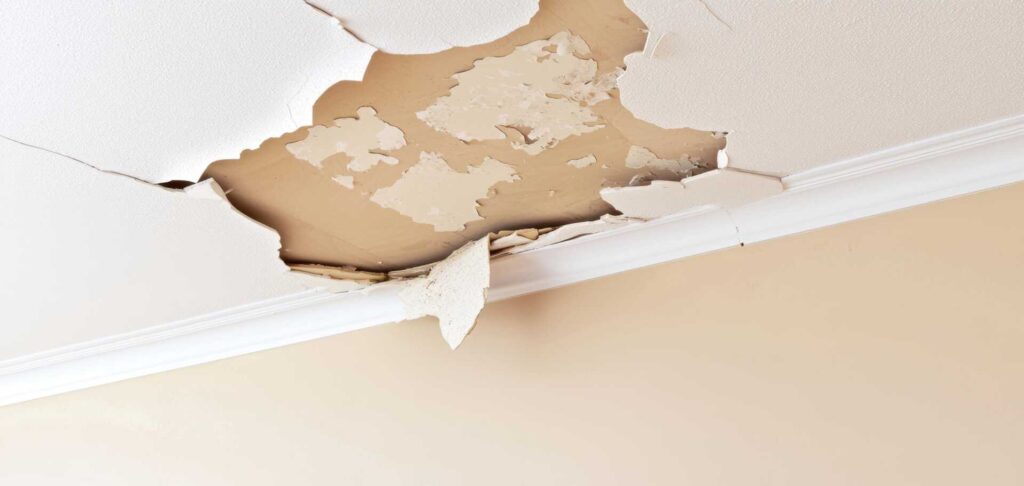Contents
When it comes to maximizing soundproofing with insulation, you’ll want to pay close attention to specific details that can significantly reduce unwanted noise. Focusing on strategic placement and utilizing the right materials can create a more peaceful environment within your living space. But what are these three key tips that can elevate your soundproofing efforts and give you the tranquility you seek? Let’s uncover the secrets to achieving peak sound insulation and enhancing your auditory sanctuary.
Key Takeaways
- Identify main noise sources in the room for targeted insulation.
- Use dense materials like fiberglass or mass-loaded vinyl for effective sound absorption.
- Insulate windows, walls, ceilings, and floors with appropriate materials.
- Seal gaps around doors and windows to prevent sound leakage.
- Install acoustic panels or foam on ceilings for sound reflection control.
Benefits of Insulation for Soundproofing
Insulation plays an important role in achieving ideal soundproofing in a room by effectively reducing the transmission of unwanted noise. By installing proper insulation, you can greatly enhance noise reduction and privacy within your space.
Noise reduction is essential for maintaining a peaceful environment, especially in shared living spaces or areas close to busy streets. Insulation helps in blocking external noises from entering the room and minimizes the level of sound that can escape from within, creating a more serene atmosphere.
Privacy enhancement is another key benefit of utilizing insulation for soundproofing. Whether you’re working from home, enjoying a movie night, or simply seeking a quiet space, insulation aids in keeping your activities private by preventing sound from traveling through walls. This is particularly advantageous in apartments, offices, or bedrooms where maintaining confidentiality and minimizing disruptions is important.
Effective Insulation Materials for Soundproofing
Insulation materials that are highly effective for soundproofing purposes include dense fiberglass, mass-loaded vinyl, and acoustic foam. When considering soundproofing options, it’s essential to choose the most suitable materials to achieve maximum insulation effectiveness.
Dense fiberglass insulation is a popular choice for soundproofing due to its ability to absorb sound waves effectively. The density of fiberglass helps to reduce noise transmission, making it a reliable option for insulating walls, ceilings, and floors. Its flexibility also allows for easy installation in various spaces.
Mass-loaded vinyl, another effective soundproofing material, adds mass to surfaces, reducing the transmission of sound vibrations. It’s commonly used in areas where traditional insulation may not be feasible, such as around pipes or in thin walls. Mass-loaded vinyl is known for its durability and ability to block both airborne and impact noise.
Acoustic foam is designed specifically for sound absorption and is ideal for controlling reverberations within a room. While it may not provide as much insulation against external noise as other materials, it excels in improving the acoustics within a space. Acoustic foam is often used in recording studios, home theaters, and music rooms to enhance sound quality.
Strategic Insulation Placement for Soundproofing
Strategically placing insulation materials is essential for maximizing soundproofing effectiveness in a given space. To enhance soundproofing techniques, it’s vital to take into account the specific areas where noise infiltration is most problematic. Insulation options like fiberglass, mineral wool, or foam boards can be strategically placed to create barriers that absorb or block sound waves effectively.
Start by identifying the main sources of noise transmission in the room. Common sound entry points include windows, doors, walls, ceilings, and floors. Insulating these areas with appropriate materials can greatly reduce the transfer of sound waves from one space to another.
For walls, consider using dense materials like mass-loaded vinyl or soundproof drywall to add mass and density, effectively blocking sound transmission. Installing acoustic panels or foam boards on ceilings can help absorb sound reflections and reduce reverberation. Additionally, sealing gaps and cracks around windows and doors with weatherstripping or caulking can prevent sound leakage.
When soundproofing floors, carpeting, rugs, or underlayment with sound-absorbing properties can help minimize impact noise from footsteps or moving furniture. For added sound insulation, consider installing resilient channels or decoupling materials between the floor and ceiling to reduce structural vibrations.
Wrap-Up
Soundproofing with insulation is like constructing a fortress against noisy intruders. You can create a peaceful sanctuary free from disturbing sounds by strategically placing effective materials like dense fiberglass and mass-loaded vinyl in key areas.
Remember to seal gaps to strengthen your defenses and maximize the benefits of insulation for a serene living environment. With the right tools and techniques, you can enjoy the tranquil silence you deserve.




